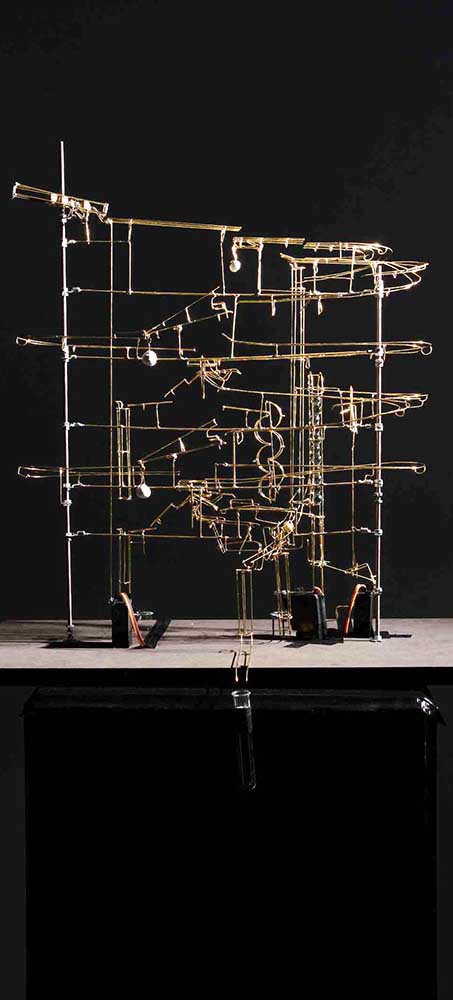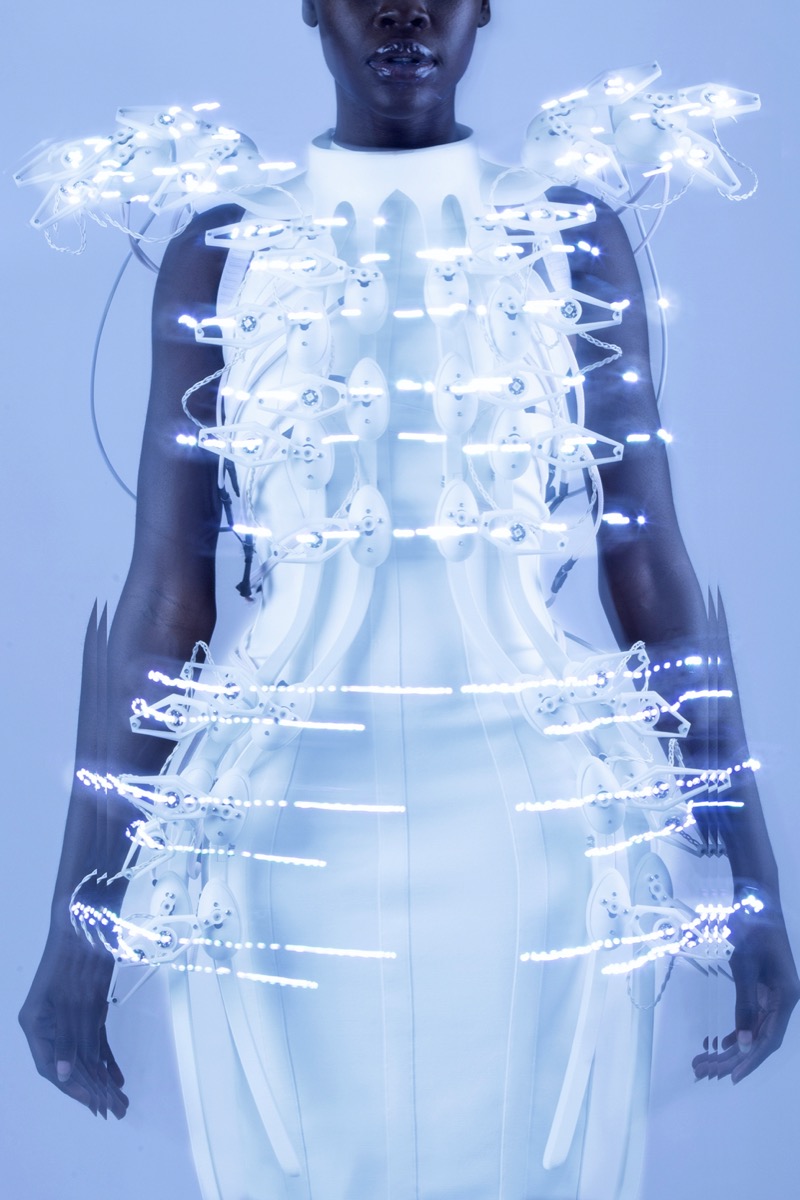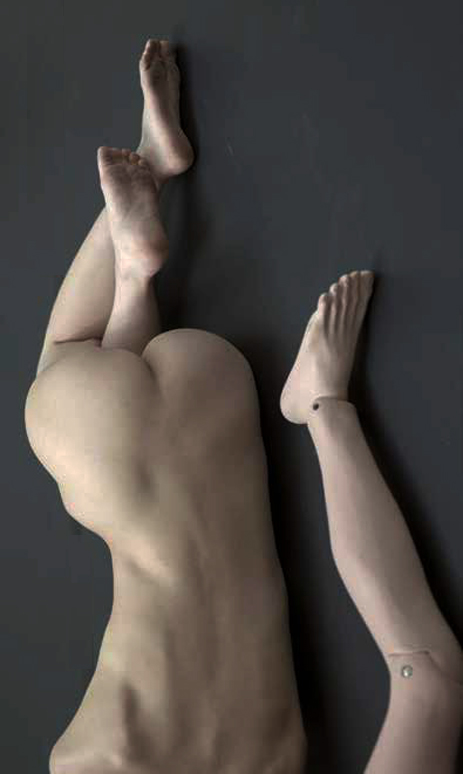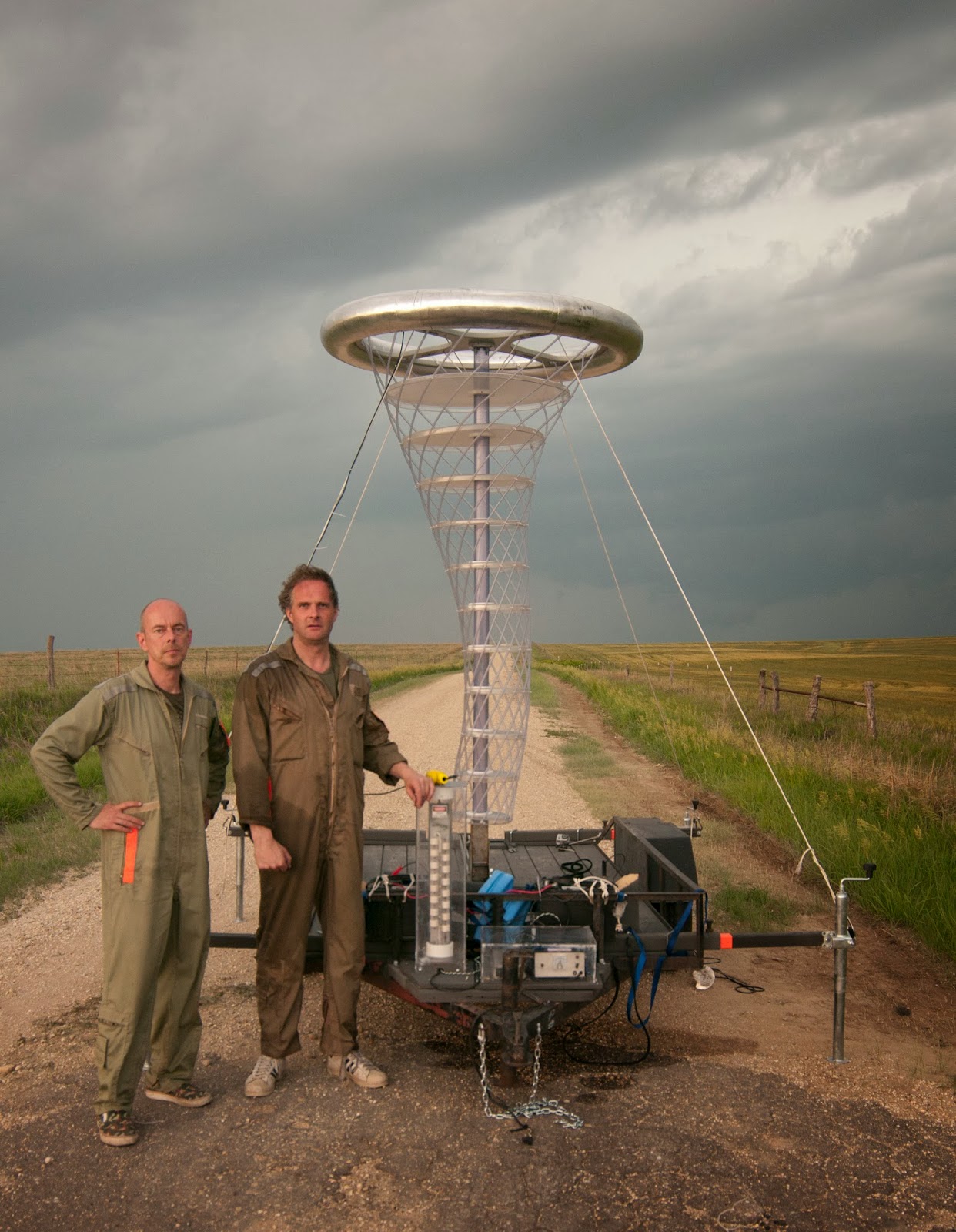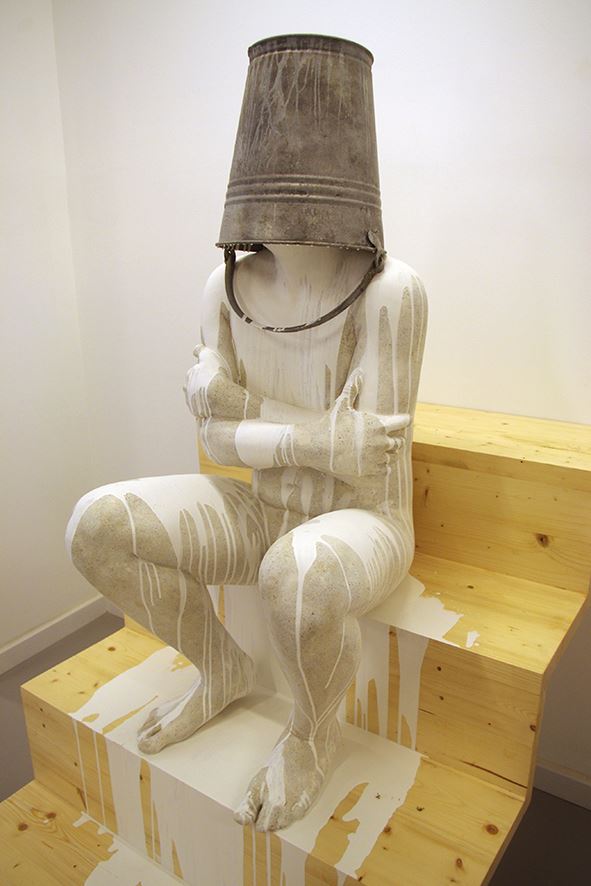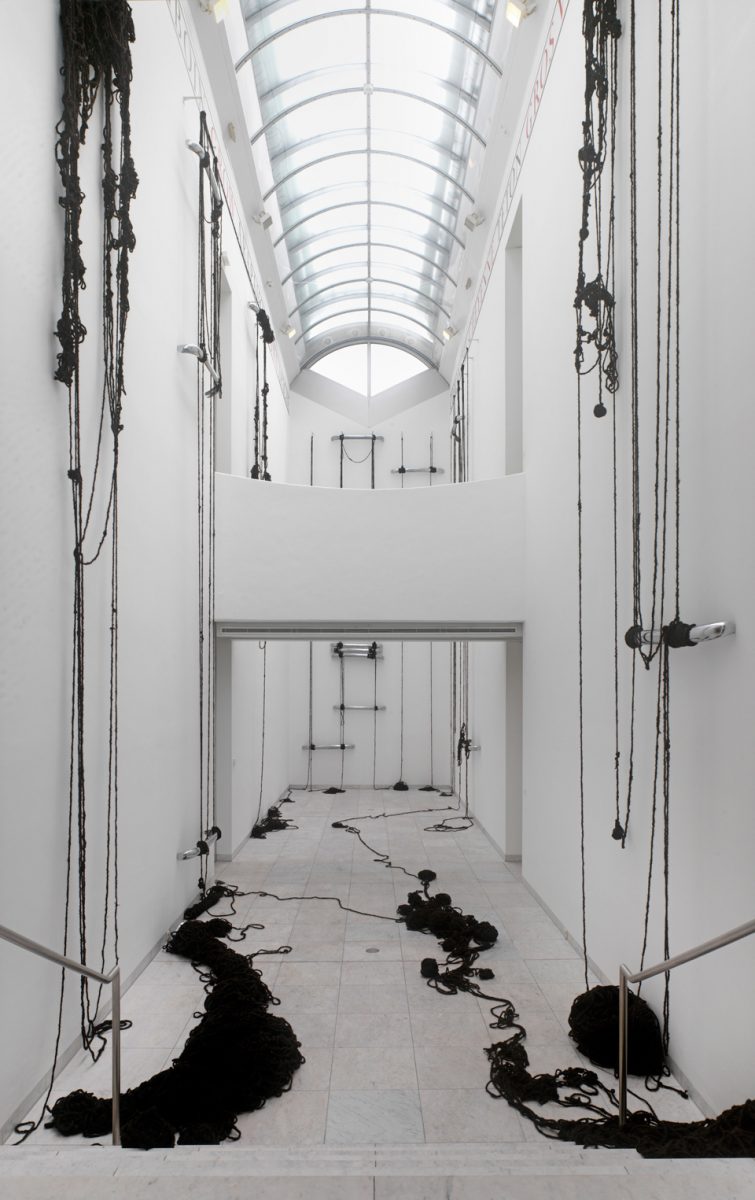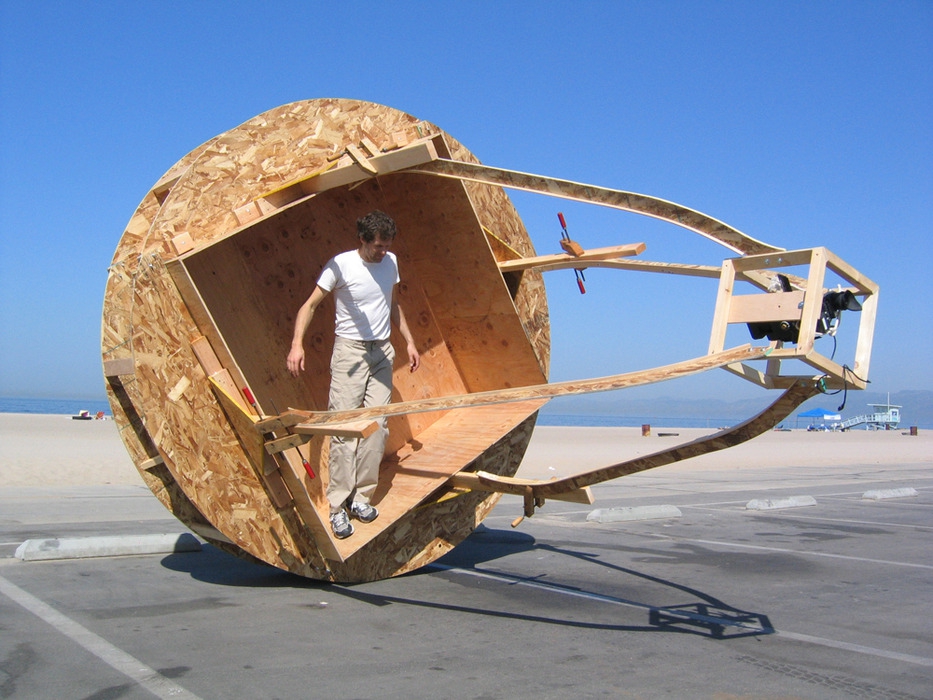
DAVE HARDY
That a Dead Man Sings
Creating sculptures out of materials such as sheets of glass, foam, metal, cement, and various found objects, Dave Hardy composes his sculptures’ seemingly precarious poise as an intentionally engineered defiance of gravity. Distinguished by a constant shuttle between literal and allegorical readings, Hardy’s artworks are both resolutely materialist and infused with a human scale and, more precisely, a human fragility that forces the viewer to confront them as bodies in space.


